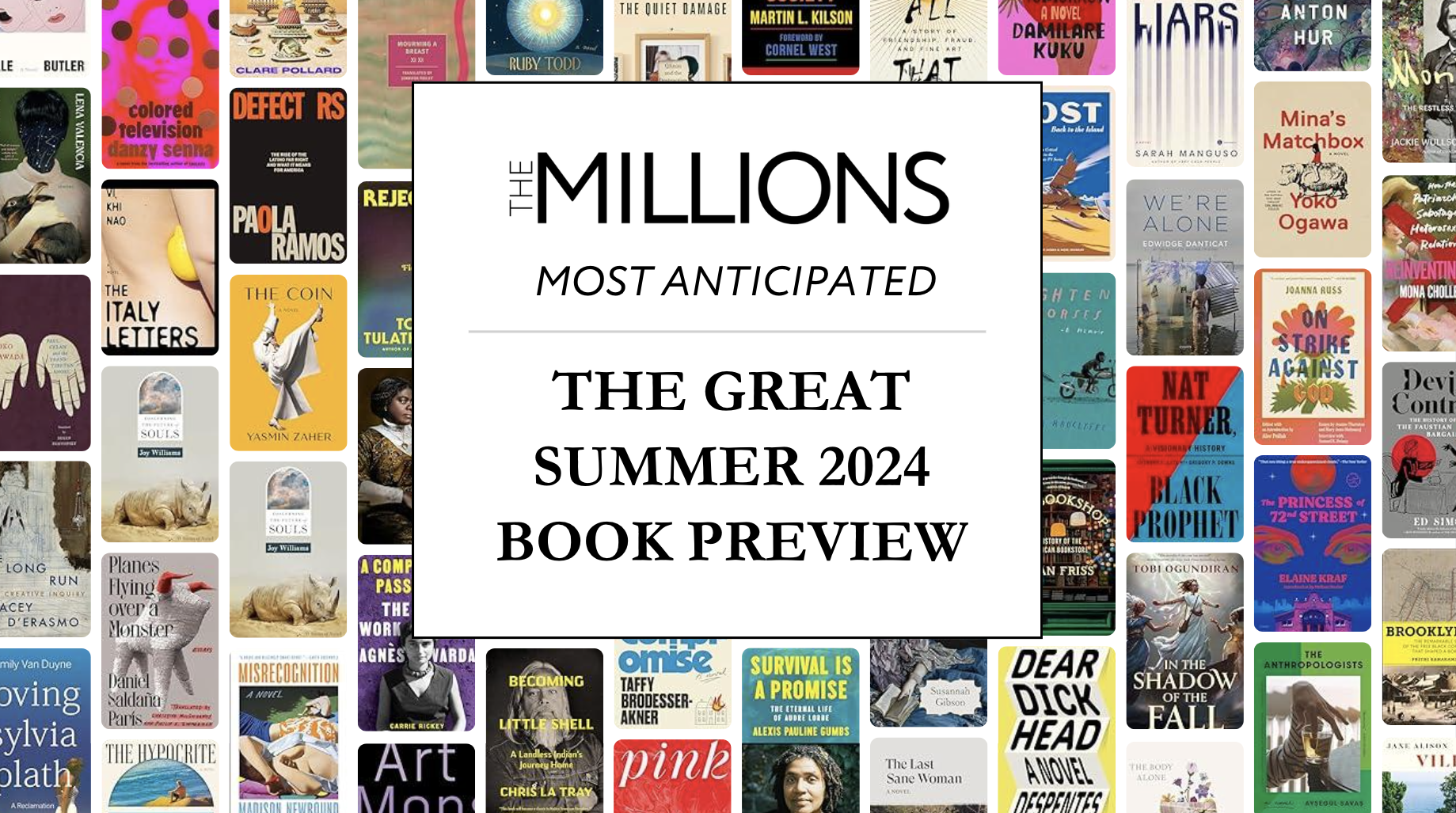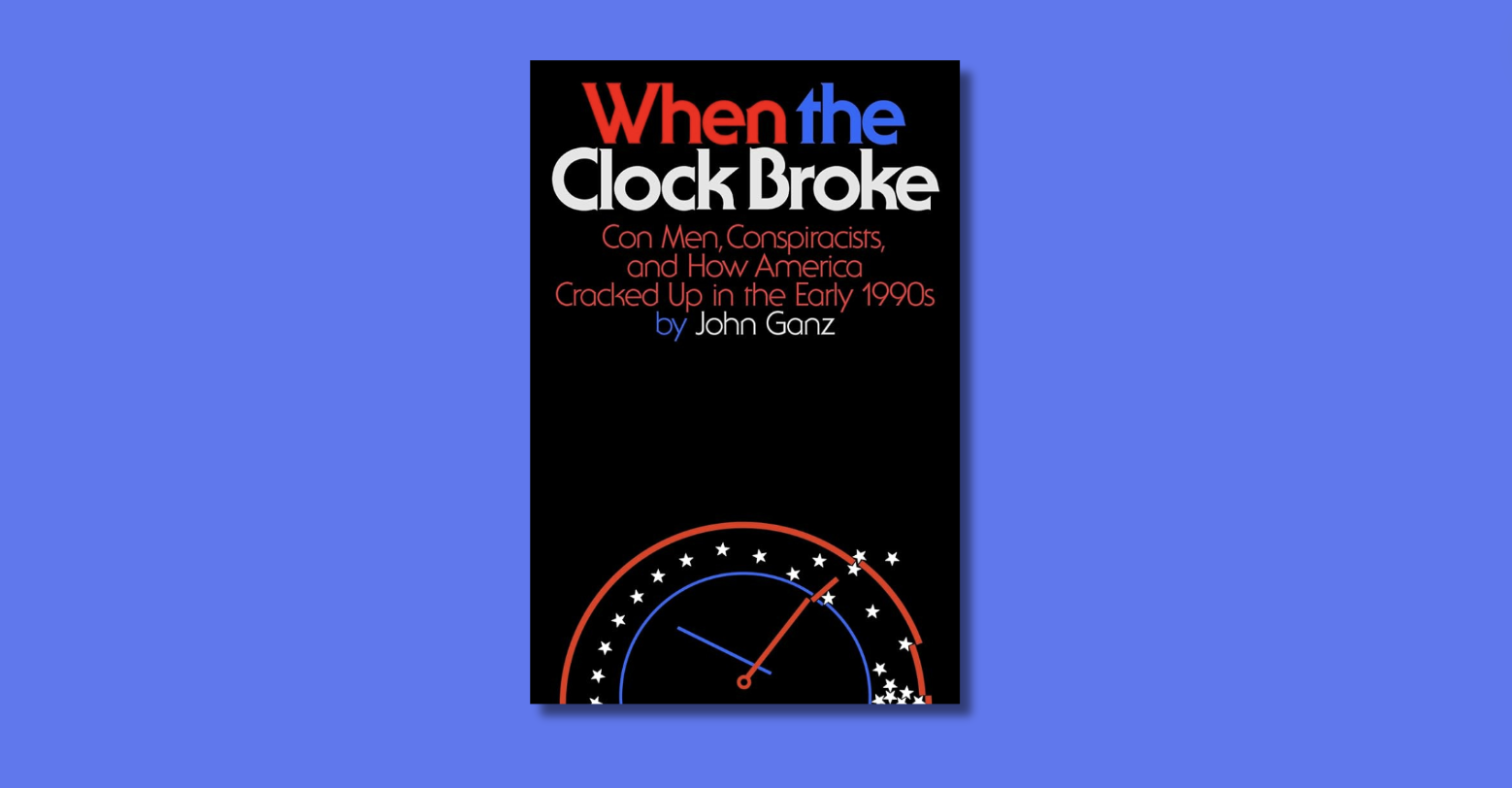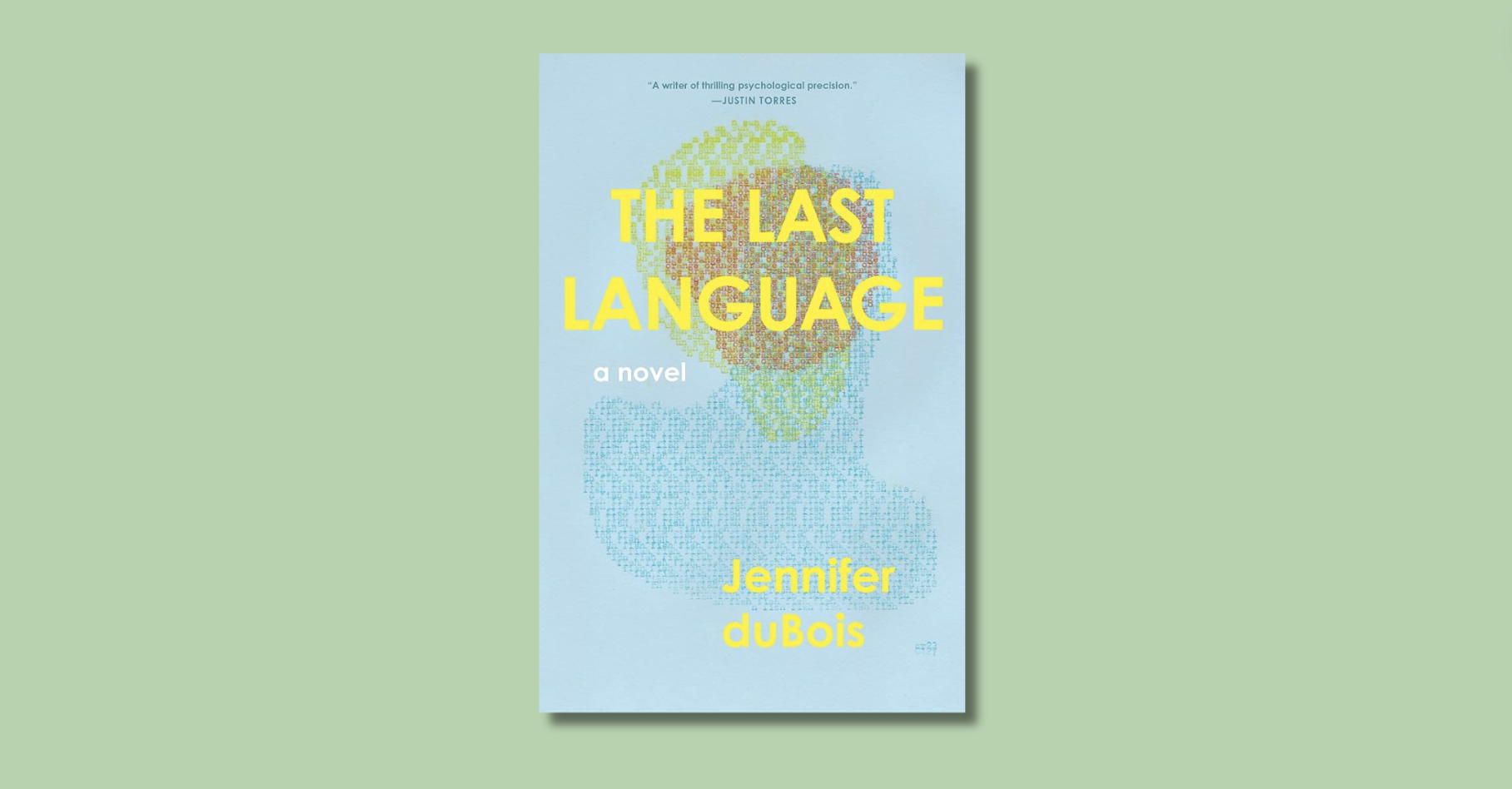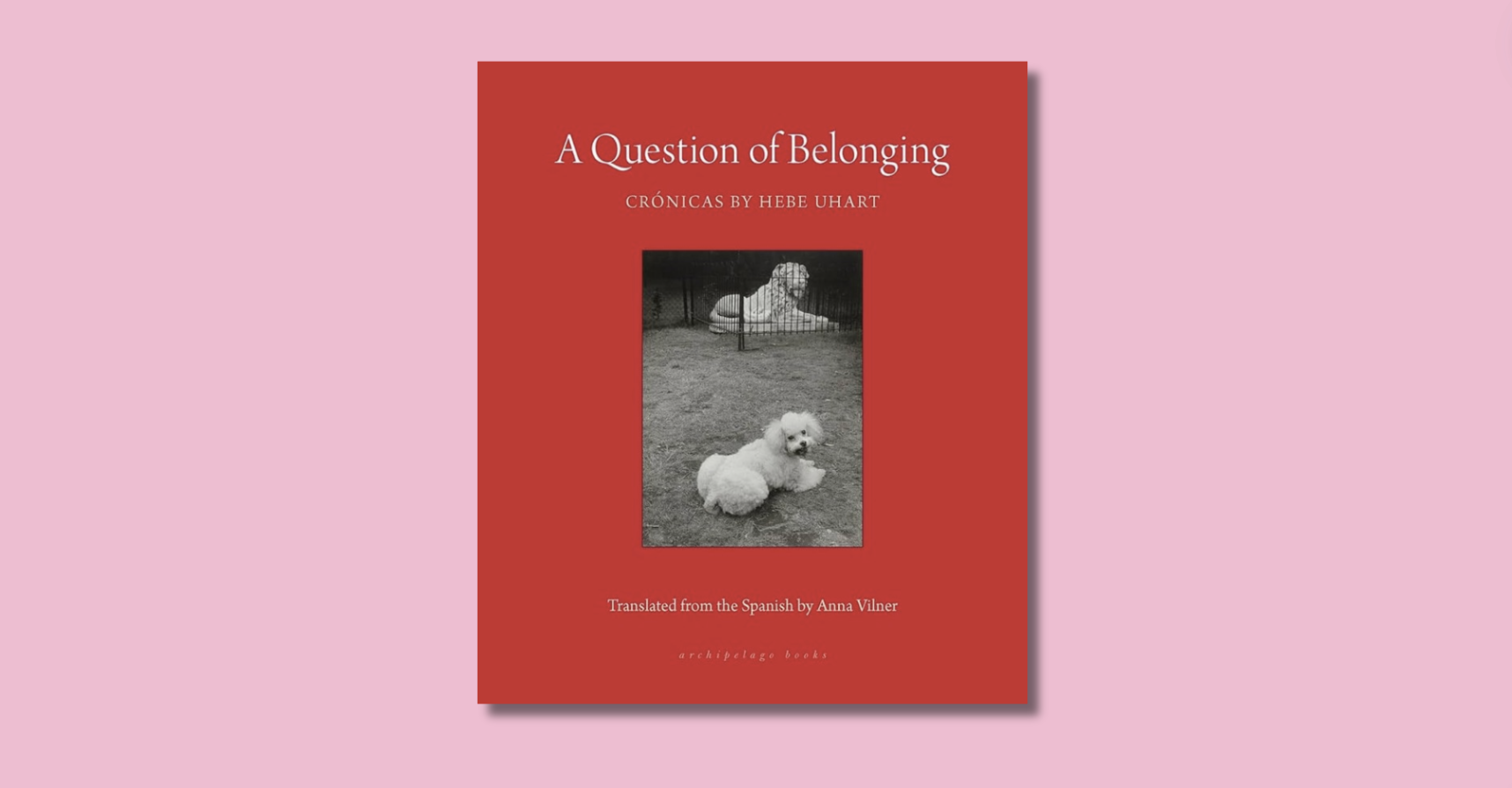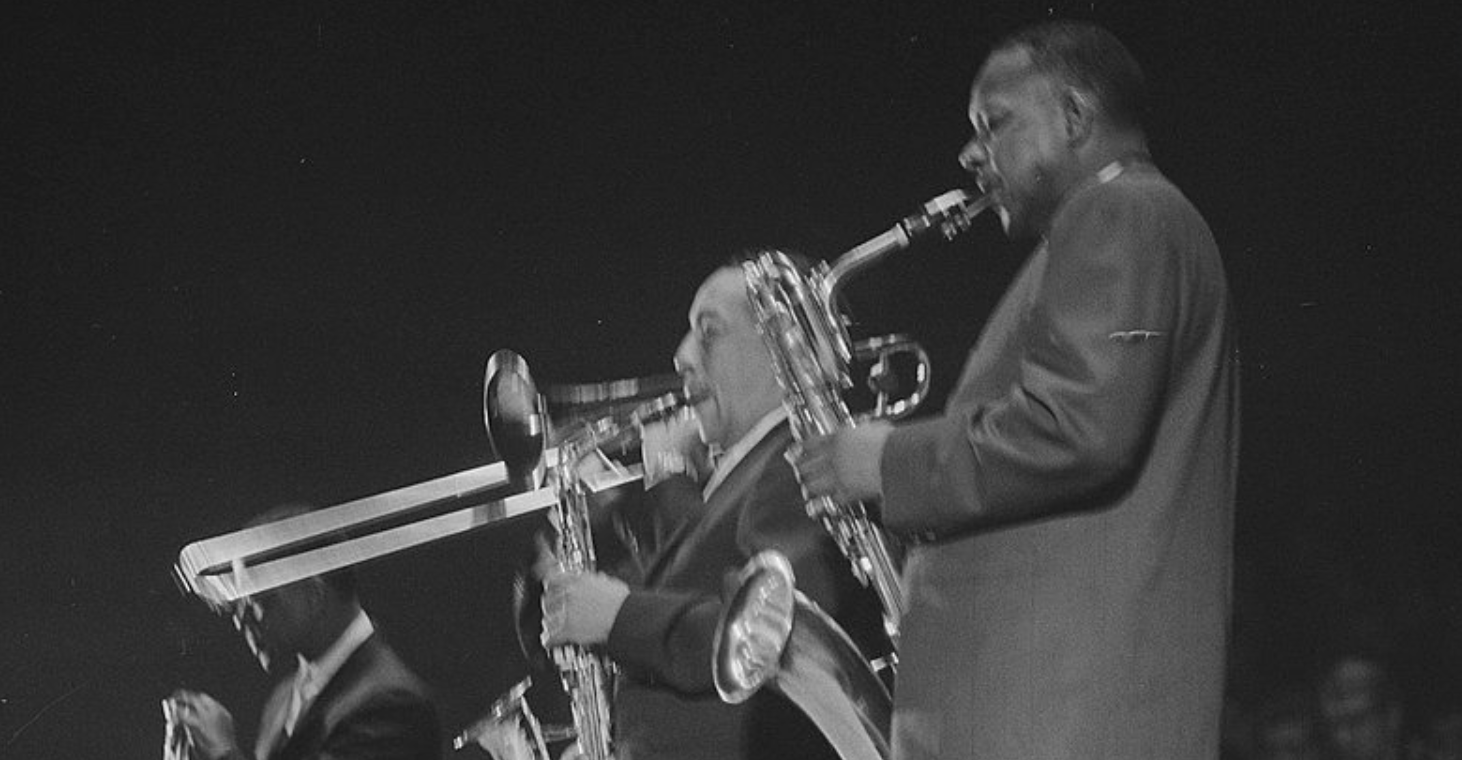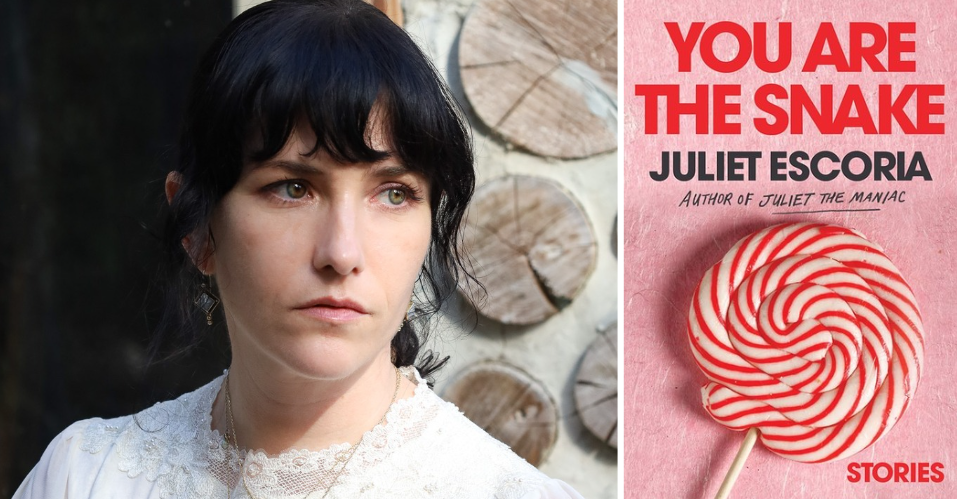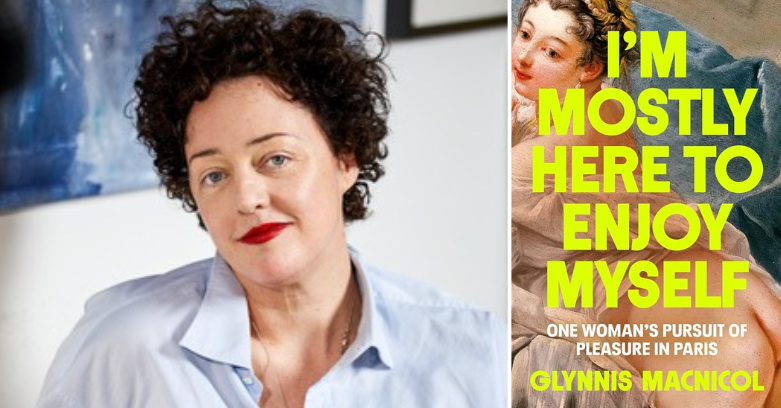 Myth is the story we tell to each other to make sense of who we are and where we came from. It’s so sacred that we must reserve certain storytellers and audiences for myth. We have to earn the right to hear the myth.
Myth is the story we tell to each other to make sense of who we are and where we came from. It’s so sacred that we must reserve certain storytellers and audiences for myth. We have to earn the right to hear the myth.
As Neil Gaiman writes in his new novel, The Ocean at the End of the Lane, “I liked myths. They weren’t adult stories and they weren’t children’s stories. They were better than that. They just were.” If any contemporary author is an authority on the power and persuasion of myth, it’s Gaiman. The man has made a career of excavating myth and restitching it for his own art. His influences are clear, but because myth is such a primal interest, we accept and relish his evident borrowing. Now, Gaiman is borrowing from himself.
 For its modest 178 pages, The Ocean at the End of the Lane is a microcosm of all of his other works, where myth, magic, and horror infringe on a dark reality. Gaiman’s specific brand of a fantasy is the literary equivalent of a hip-hop mashup — remixing genres and myth into something fresh and contemporary. The first novel that uses this device is Neverwhere, in which he snatches myth from the Greeks. In the 1996 novel, a seemingly ordinary man finds himself in a secret underground London, where he becomes a modern day Theseus and must kill the Beast of London, a wild boar-minotaur hybrid, lurking in a labyrinth. The setting might be distinctly contemporary and its hero is as British as breakfast tea, but Gaiman is not shy about his classical inspiration and only slightly refashions it.
For its modest 178 pages, The Ocean at the End of the Lane is a microcosm of all of his other works, where myth, magic, and horror infringe on a dark reality. Gaiman’s specific brand of a fantasy is the literary equivalent of a hip-hop mashup — remixing genres and myth into something fresh and contemporary. The first novel that uses this device is Neverwhere, in which he snatches myth from the Greeks. In the 1996 novel, a seemingly ordinary man finds himself in a secret underground London, where he becomes a modern day Theseus and must kill the Beast of London, a wild boar-minotaur hybrid, lurking in a labyrinth. The setting might be distinctly contemporary and its hero is as British as breakfast tea, but Gaiman is not shy about his classical inspiration and only slightly refashions it.
 Gaiman was much more ambitious by 2001, when he wrote American Gods. Its initial premise seems simple: what happened to gods when their believers immigrated to U.S.? Yet Gaiman does more than just rehash myth like he did in Neverwhere, he recontextualizes it in a uniquely Americana setting where the myths take on new meaning and worship has evolved to fit our rituals. The gods seem like common travelers: Odin is a charming con artist, the Egyptian deities run a funeral parlor, and West Africa’s trickster spider god, Anansi, is a devious old performer. The gods aren’t worshipped through blood sacrifice anymore, instead the road trip is seen as a form of pilgrimage, roadside attractions are considered sacred sights, and technology is revered as much as the pagan gods. The gods must adapt to these new rules or die, just as Gaiman must adapt his myth. He simultaneously invents and writes the myth of America in the novel and, in the process, creates a wholly original work.
Gaiman was much more ambitious by 2001, when he wrote American Gods. Its initial premise seems simple: what happened to gods when their believers immigrated to U.S.? Yet Gaiman does more than just rehash myth like he did in Neverwhere, he recontextualizes it in a uniquely Americana setting where the myths take on new meaning and worship has evolved to fit our rituals. The gods seem like common travelers: Odin is a charming con artist, the Egyptian deities run a funeral parlor, and West Africa’s trickster spider god, Anansi, is a devious old performer. The gods aren’t worshipped through blood sacrifice anymore, instead the road trip is seen as a form of pilgrimage, roadside attractions are considered sacred sights, and technology is revered as much as the pagan gods. The gods must adapt to these new rules or die, just as Gaiman must adapt his myth. He simultaneously invents and writes the myth of America in the novel and, in the process, creates a wholly original work.
These two novels are more like epics, in which the hero must willingly crossover to this primordial mythic world, but in The Ocean at the End of the Lane, Gaiman has brought the myth to us. His themes of belief, losing innocence, and confronting mortality are still present, but they are condensed into a small country lane. Myth is a narrative of origins, and The Ocean at the End of the Lane is the origin of Gaiman. He has said that though this is not his own childhood, the novel’s narrator is Gaiman at seven.
On the surface, the eponymous ocean at the end of the lane is actually a shallow pond. Similarly, at first read, the novel is a simply dark fairy tale, like the fairy tales of the Grimms before they were diluted for Disney; there are wicked governesses, abusive parents, and supernatural friendships. While attending a funeral in the English village he grew up in, the unnamed narrator remembers the last time he saw his childhood best friend, Lettie Hempstock, 40 years before. He narrates from the perspective of his seven-year-old self, a painfully shy boy who seeks adventure through fiction, not reality, until an evil spirit haunts his town and threatens his life. The only people who can quell the spirit are his mysterious neighbors, the Hempstocks.

 To the narrator, the Hempstocks are just three women who live at the end of the lane, but we recognize them as something else. Old Mrs. Hempstock, Ginnie, and Lettie are three generations of women who have been around so long that they remember the “old country” and have special powers. Old Mrs. Hempstock has the magical ability to snip and stitch away the past like it’s a piece of fabric and create a more preferable outcome, which is a fitting metaphor for Gaiman’s craft as a storyteller. The idea of the triple goddess isn’t new. British poet Robert Graves believed the Maiden, Mother, and Crone each represented a phase of the moon and were the Muse of all art and female wisdom. Yet Gaiman refashions them into three powerful, quintessentially English women who can make great porridge and a spell. Like Stephen King, Gaiman has been writing for long enough that he’s created and populated a fictional world that slides in and out of his works, and this isn’t the first mention of the Hempstocks. There is a Daisy Hempstock in Stardust and a Liza Hempstock in The Graveyard Book, but the family has never been so fully realized until this novel. They have transcended whatever fable Gaiman originally plucked them from and grown into a creation all his own.
To the narrator, the Hempstocks are just three women who live at the end of the lane, but we recognize them as something else. Old Mrs. Hempstock, Ginnie, and Lettie are three generations of women who have been around so long that they remember the “old country” and have special powers. Old Mrs. Hempstock has the magical ability to snip and stitch away the past like it’s a piece of fabric and create a more preferable outcome, which is a fitting metaphor for Gaiman’s craft as a storyteller. The idea of the triple goddess isn’t new. British poet Robert Graves believed the Maiden, Mother, and Crone each represented a phase of the moon and were the Muse of all art and female wisdom. Yet Gaiman refashions them into three powerful, quintessentially English women who can make great porridge and a spell. Like Stephen King, Gaiman has been writing for long enough that he’s created and populated a fictional world that slides in and out of his works, and this isn’t the first mention of the Hempstocks. There is a Daisy Hempstock in Stardust and a Liza Hempstock in The Graveyard Book, but the family has never been so fully realized until this novel. They have transcended whatever fable Gaiman originally plucked them from and grown into a creation all his own.
Gaiman couldn’t have produced a novel like this when he first started writing two decades ago. The narrative doesn’t get lost in sweeping description or throwaway humor as some of his past work does. Instead, his writing has matured; it’s succinct, somber, and controlled like the prose found in sacred mythic texts, and this is one in its own right. The Ocean at the End of the Lane is a myth of childhood. When the supernatural is put aside, this is a tale of the horrors and uncertainty of growing up. The monsters are the trappings of maturity: adult’s fixations with money, sex, and power, and the lies they tell, especially the most important one of all — that adults know and understand the world. “Grown-ups don’t look like grown-ups on the inside either,” Gaiman writes. “Outside, they’re big and thoughtless and they always know what they’re doing. Inside, they look just like they always have. Like they did when they were your age. Truth is, there aren’t any grown-ups.” This isn’t entirely true because even though he might retain his childhood self, Gaiman does know what he is doing. He is a storyteller who has managed to weave a narrative simultaneously personal and universal.
